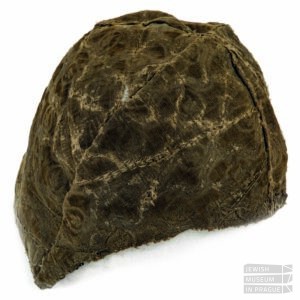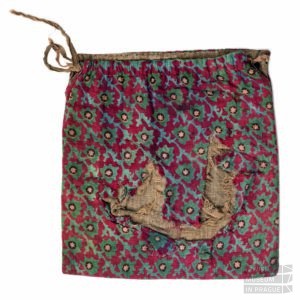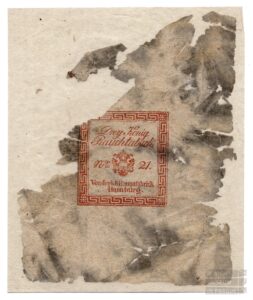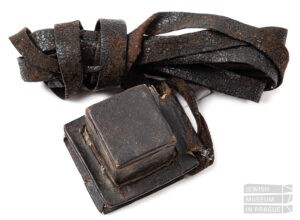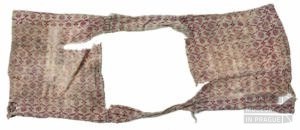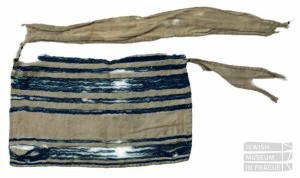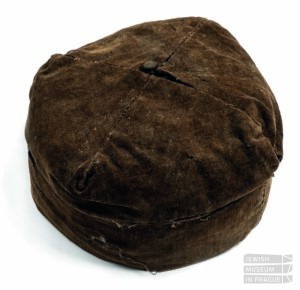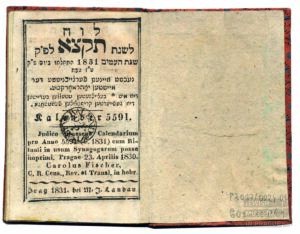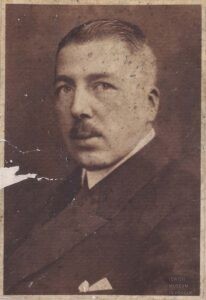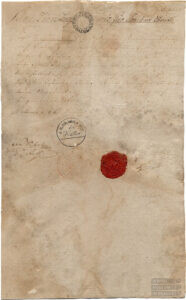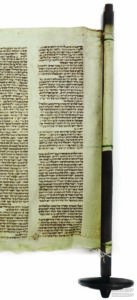On attaining religious adulthood at the age of 13, a young Jewish man receives his first tefillin (phylacteries) in the bar mitzvah ceremony. He is required to wear the tefillin on his arm and on his head during weekday morning – and sometimes afternoon – prayers. Tefillin possess a high level of holiness, and are also somewhat expensive. This is why they used to be kept in home-made covers or bags, the material of which reflected local textile traditions. In addition, observant Jewish men are required to wear the small tallit (tallit katan) under their regular clothing throughout the day. This is a rectangular piece of fabric with ritual fringes (tzitzit), which recall all of God’s commandments. On holidays, the small tallit may be replaced by the tzidakel, a man’s ceremonial waistcoat with fringes. This type of garment is known to us only through genizah finds.
